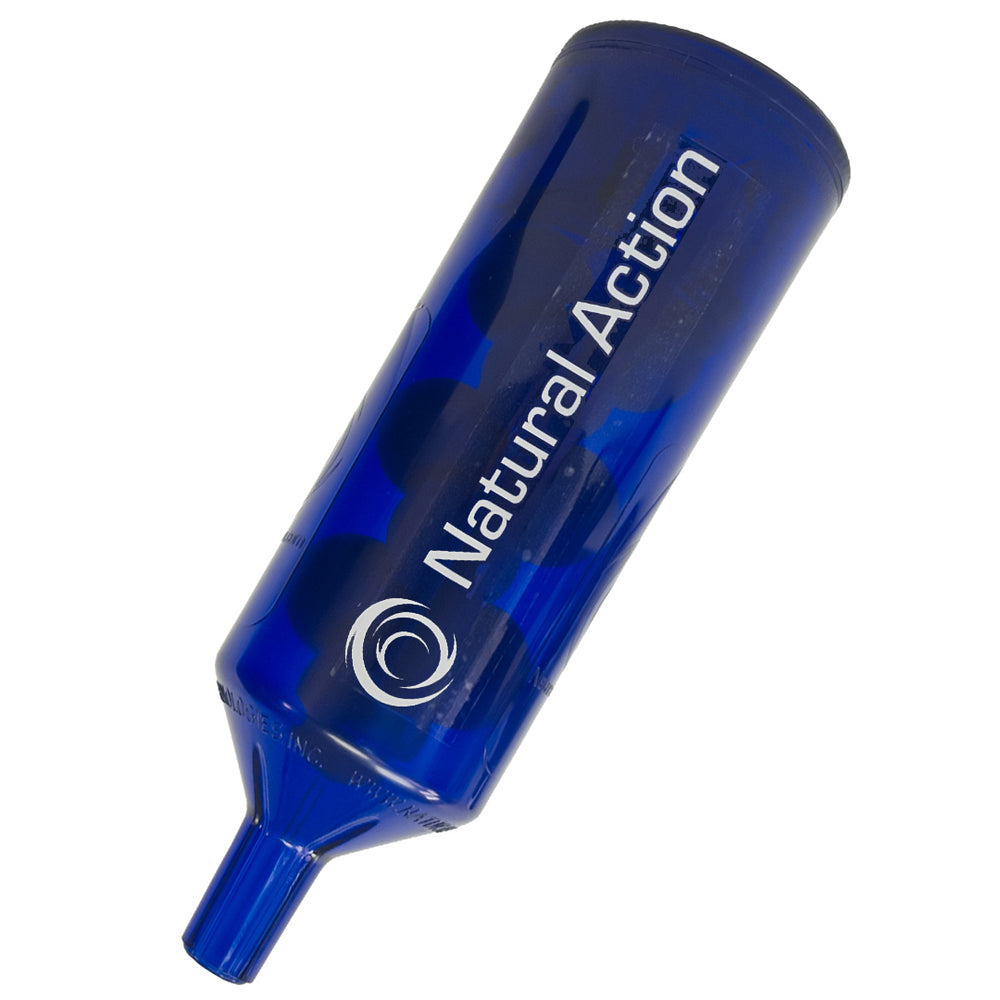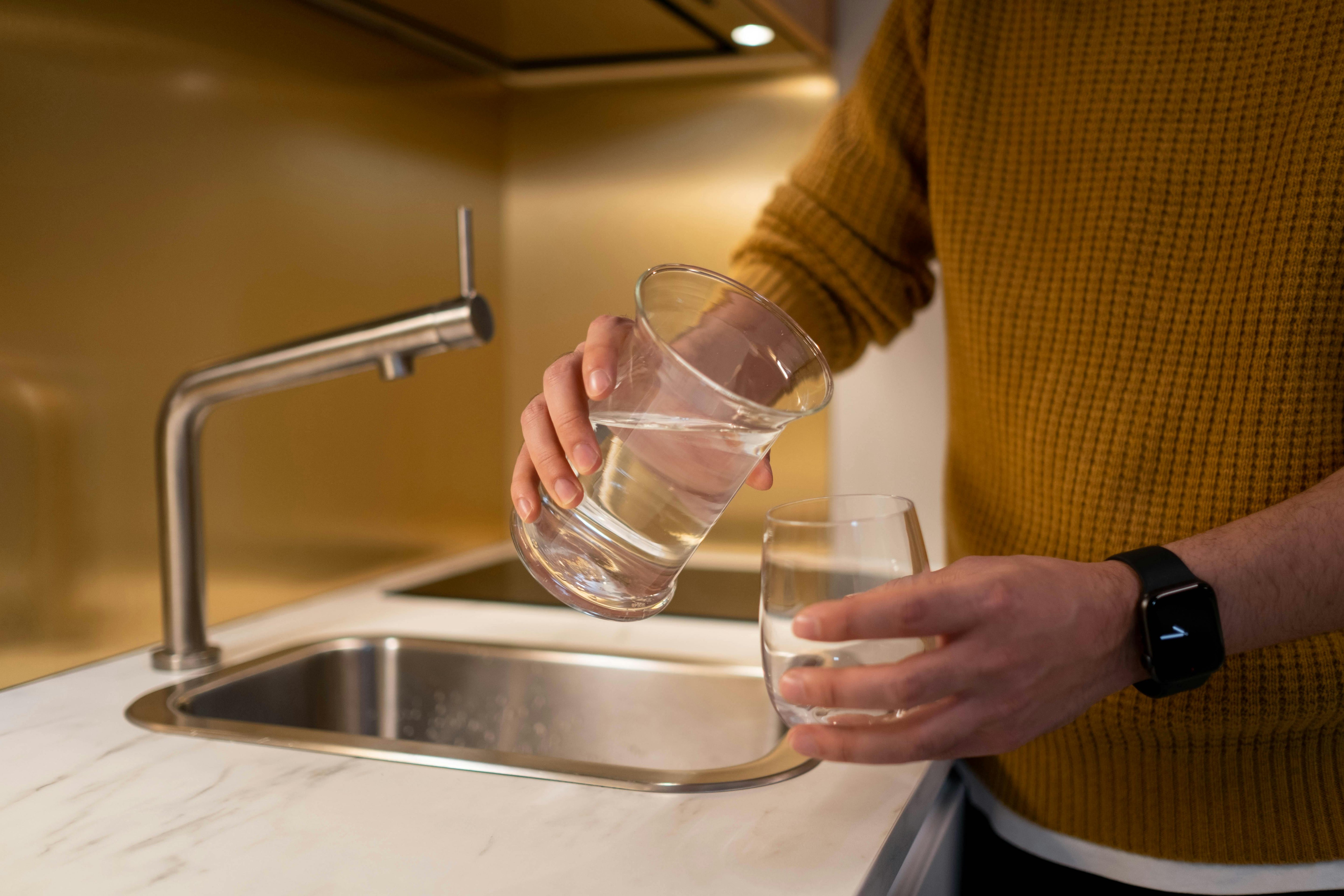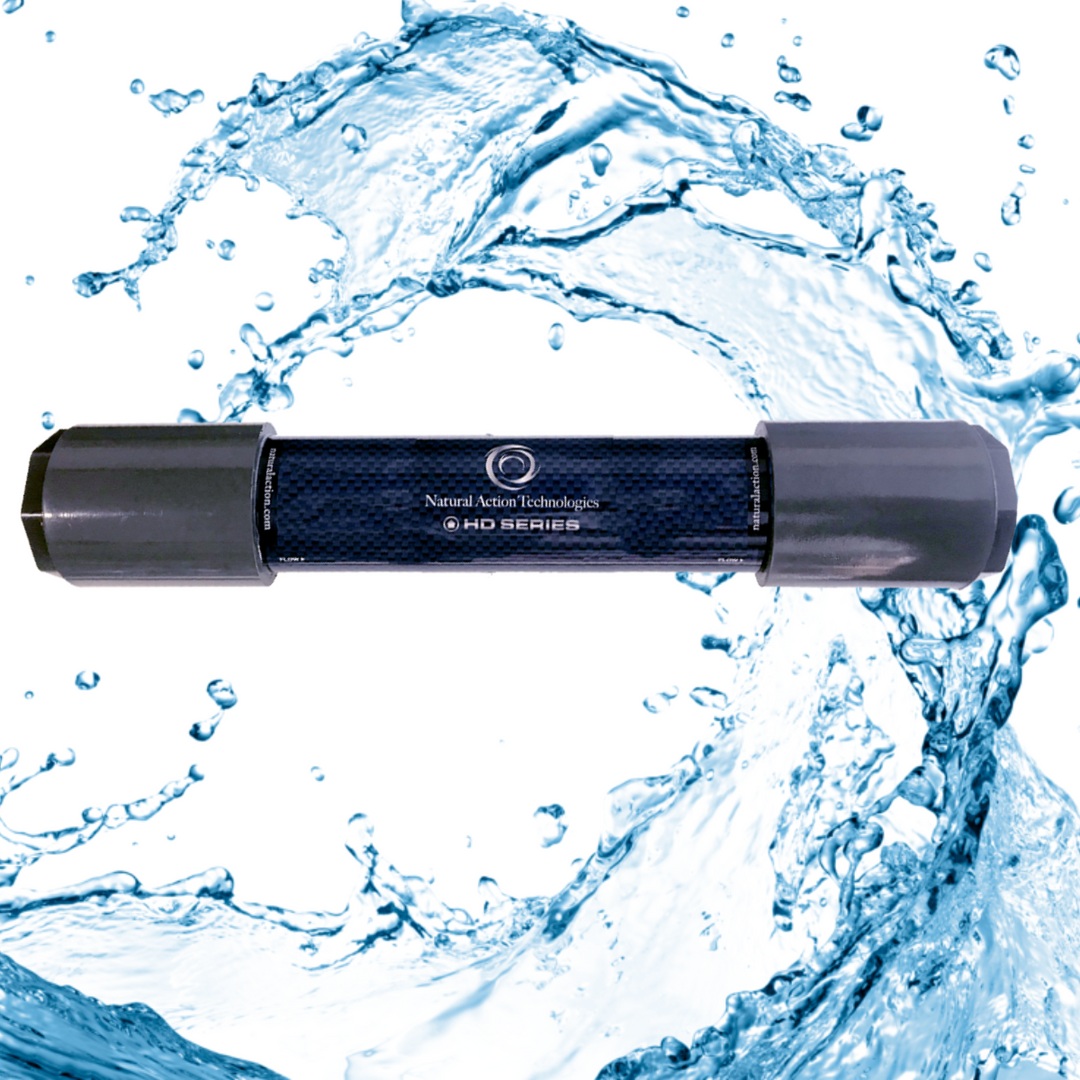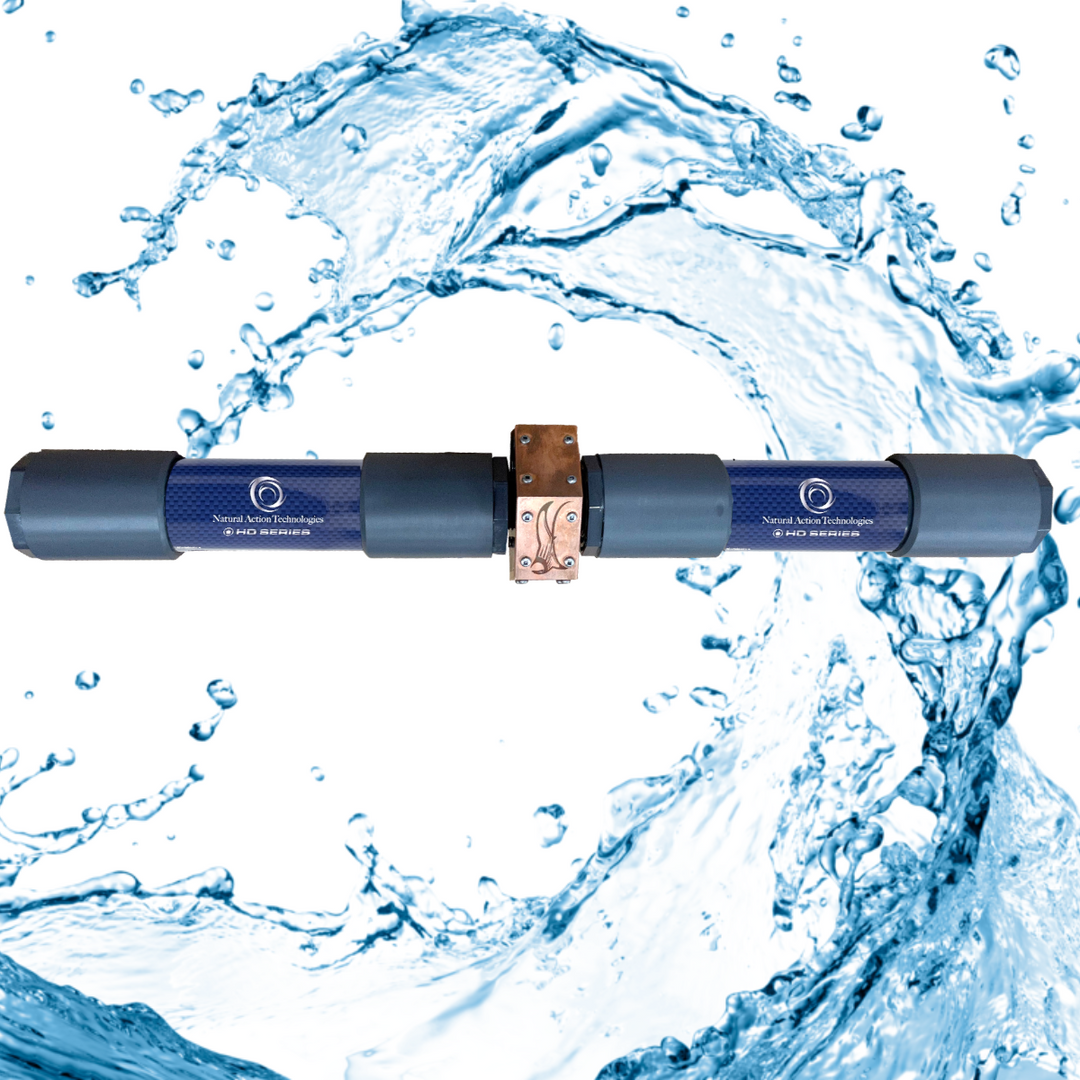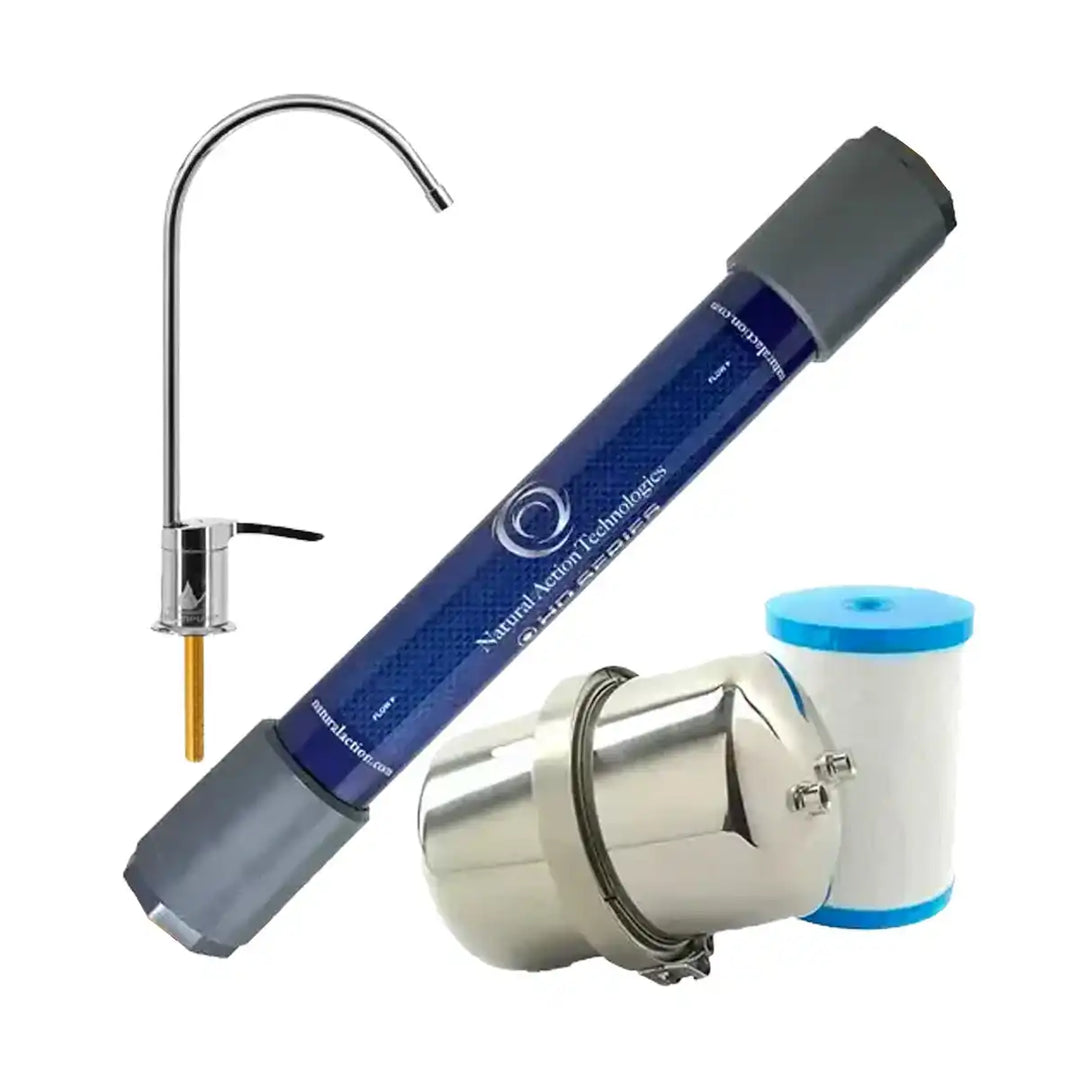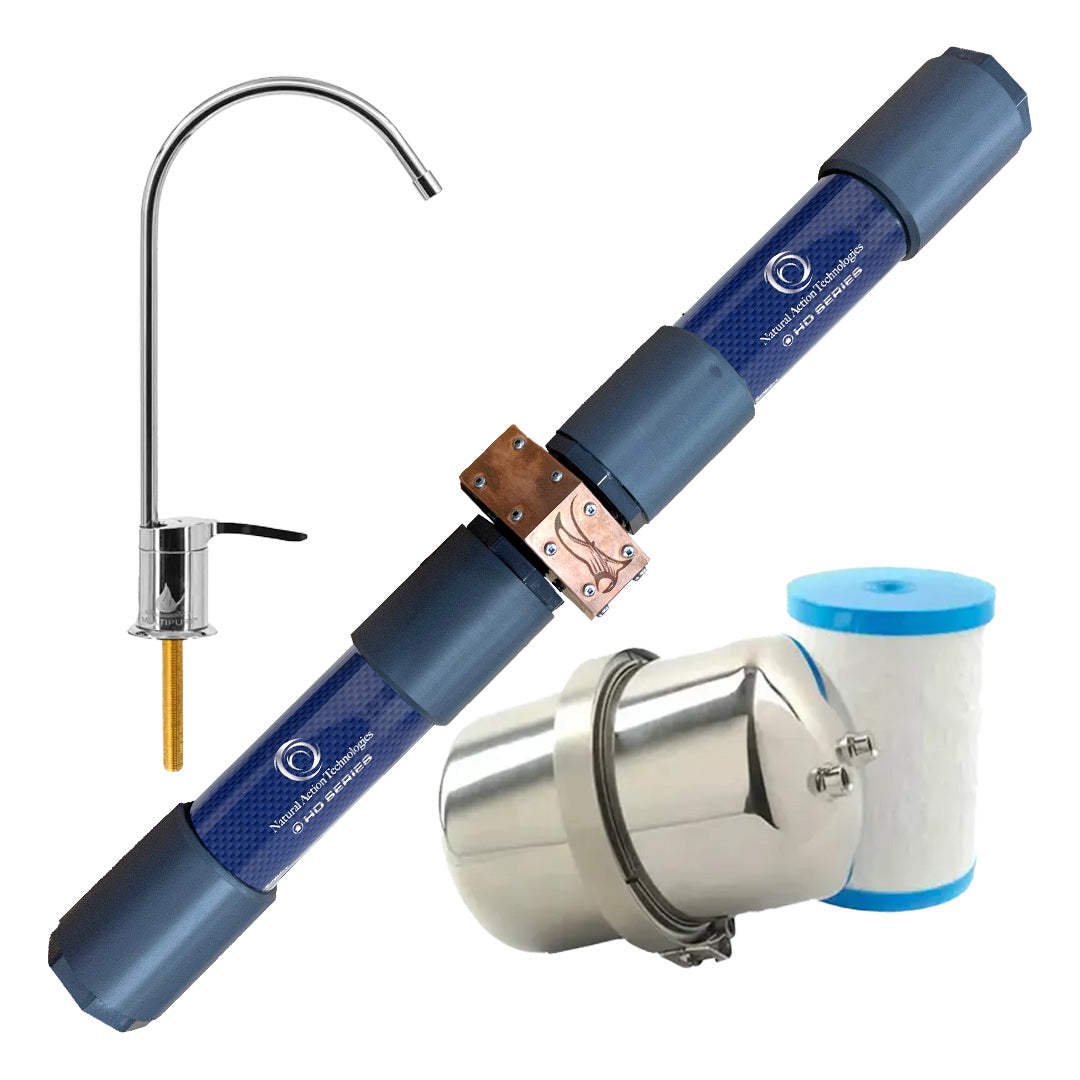Reverse osmosis (RO) has become one of the most popular water purification methods in the wellness world. If you’ve seen multi-stage under-sink filtration systems, countertop units, or even bottled water labeled “purified,” chances are it’s reverse osmosis water. But while RO is effective at removing contaminants, it also removes the very things your body needs. Understanding when RO water is helpful… and when it can actually be harmful… is key to making the best hydration choices for your health and the environment.
What Is Reverse Osmosis Water?
Reverse osmosis is a filtration process that forces water through a semipermeable membrane. This membrane is so fine that it blocks out nearly all particles, including fluoride, heavy metals, PFAS, pharmaceuticals, microplastics, and even healthy minerals like calcium and magnesium. What you’re left with is water that’s extremely “clean”… but also extremely empty.
From a purification standpoint, RO is impressive. It removes 90–99% of most dissolved solids, bacteria, and impurities. That’s why it’s often used in places with heavily contaminated water or in lab-grade settings where purity is required. But for everyday use… especially as your main source of hydration… RO can leave your body wanting more.
The Hidden Environmental Cost of RO Water
There’s another side to reverse osmosis that many don’t talk about; its environmental impact.
To make one gallon of RO water, most home systems waste two to four gallons of water. That’s because the system flushes the concentrated “reject” water… full of the very toxins and chemicals you were trying to filter out… down the drain. And where does that go? Right back into the municipal water system.
Cities aren’t equipped to fully handle this influx of highly concentrated waste. To neutralize the returning contaminants, they often have to add more chemicals… like chloramines or chlorine dioxide… just to rebalance the water before it’s sent back out to homes and businesses. Ironically, this cycle can make your tap water even more toxic in the long run; it creates a closed loop of chemical compensation.
So while RO water may help you avoid drinking contaminants in the short term, the system-wide ripple effect is something worth considering… especially when there are alternatives that don’t involve waste or chemical burden at all.
The Mineral Problem: Why RO Water Is Biologically Incomplete
Human beings are not designed to drink empty water. In nature, all water comes structured and mineral-rich… whether it’s from a spring, a river, or even the moisture found in fresh fruits and vegetables. Reverse osmosis strips water of these essential elements, leaving it hypotonic. In plain terms, this means it has very low dissolved solids and can actually pull minerals out of your body if consumed regularly without being remineralized.
People who drink RO water as their main source of hydration often report symptoms like fatigue, cramps, electrolyte imbalance, or even heart palpitations. That’s because every cell in your body relies on minerals like magnesium, potassium, sodium, and calcium to function properly. Without them, water can’t hydrate you at the cellular level… it can flush you out and leave you depleted.
If you are drinking RO water, it’s critical to add minerals back in. You can do this with:
-
Liquid mineral drops or trace minerals
-
Unrefined sea salt (like Celtic or Baja)
-
Electrolyte powders or capsules
-
Lemon and a pinch of salt in each glass
-
Structured water devices that restore natural balance and energy
When Reverse Osmosis Makes Sense
There are specific situations where reverse osmosis water can be beneficial. If you’re doing a detox protocol, a water fast, or working with a practitioner to flush specific toxins, RO water can act like a blank canvas. It won’t interfere with binders or chelators, and it gives you full control over what you add back in.
RO can also be a helpful tool when traveling, living in an area with known water contamination, or during a short-term cleanse. But again, it’s only ideal if you’re actively managing your hydration and mineral intake.
When It Doesn’t: Why RO Isn’t Great for Daily Hydration
As a daily, long-term hydration solution… reverse osmosis falls short. Your body needs more than just “clean” water; it needs living water. Water that carries structure, energy, and minerals. Water that speaks the same language as your cells.
That’s where structured water comes in. At Natural Action, we don’t just filter water; we revitalize it. Our flow form technology restores water’s natural crystalline structure, allowing it to rehydrate the body more efficiently while supporting detox, energy, and cellular function. And when paired with a high-quality filtration system (like RO or carbon), our devices can transform that dead water back into something vibrant and life-giving.
The Best of Both Worlds: Filter, Then Revitalize
If you already use reverse osmosis or want to, consider pairing it with a Natural Action structured water device. It’s the perfect one-two punch; remove the harmful stuff, then bring water back to life. You can also choose to add minerals manually or install a remineralization stage in your system… but don’t stop there. Minerals are one piece; structure is the missing link.
Enhancing RO Water with Natural Action Devices
If you’re already using reverse osmosis water, adding a Natural Action device is one of the best ways to upgrade it. While RO systems do a great job of removing harmful contaminants, they also leave water lifeless and energetically flat. Our devices are specifically designed to bring vitality back to purified water. By restoring its natural structure through advanced flow form technology, RO water becomes more bioavailable, better tasting, and easier for the body to absorb. It’s the missing step in most hydration routines… and the key to transforming filtered water into something truly nourishing.
Final Thoughts
Water is not just a passive fluid that fills your cup; it’s an active, intelligent medium that powers every biological process in your body. While reverse osmosis can be a helpful tool in certain situations, it’s not a perfect solution. It strips water down to its most basic form, leaving it devoid of the minerals, energy, and life force your body actually craves.
If you’re using RO, be mindful. Add back what’s been taken out. And whenever possible, go beyond filtration… choose revitalization.
Because hydration isn’t just about what’s not in your water… it’s about what’s in it that nourishes you.




